“What was that plant you gave me last year? I can never remember the name.”
My friend, Susan, pointed to a plant in her garden.
“The Bergenia?”
I nodded. “Yes. It’s sprouting a stem — I didn’t think it flowered.”
“It does, but only briefly. Like a pig’s squeak,” she explained. “Which just happens to be its common name.”
I laughed. “You’re kidding, right?”
“Nope. Pigsqueak.”
“Now there’s a name I can remember. But that can’t be the reason behind its name, can it?”
“Try rubbing one of the leaves between your thumb and forefinger.”
I followed her instructions and the leaf let out a squeak. “It sounds like a pig!”
“Exactly.”
Description
With its large, fleshy, heart-shaped leaves, pigsqueak, heartleaf bergenia, elephant’s ears, or Bergenia cordifolia makes a great ground cover for any garden. It’s a hardy, ever green perennial with deep green leaves that can grow up to 10 inches in length. The leaves turn to red and purple in the autumn and winter. In warmer climates, the leafy foliage often continues to grow through the winter months.

The tall stalks of this plant (up to 20 inches) support clusters of early spring flowers, either purplish-pink or white. The flowers bloom briefly and are sometimes hidden by the leaves. There are different varieties and amazing uses for this unique plant that actually squeaks like a pig.
Spiritual Meaning
This hardy, versatile plant can withstand just about anything Mother Nature dishes out. Perhaps that’s partly why pigsqueak is a symbol of hope, strength, and remembrance.
Natural Habitat
Pigsqueak’s origin is Asia, particularly Russia. Its popularity as a durable, resilient ground cover has made it a popular plant for garden borders in many parts of the world.
Growing Conditions
This hardy perennial grows well in either full sun or partial shade. It tolerates most soils, especially if moist and loamy. If the soil is clay, add some compost on top. When planting pigsqueak, make sure the top of the root ball is above ground, and space multiple plants at least 12 inches apart to allow the leaves to spread.
The nice thing about this plant is that it doesn’t wither in a drought, though it prefers a shadier location in a drought-prone area, and it doesn’t rot in an overly damp growing season. It’s a vigorous growing plant, noninvasive, spreading slowly with underground rhizomes.

It is an easy plant, though some minimal maintenance will assure they continue to grow and provide the desired ground cover. All it takes is a little deadheading when the flowers are spent, and the removal of dead leaves every spring, allowing the plant to have a fresh start to a new growing season. Another bonus with this plant is the large leaves that suppress weed growth.
The plant is easy to divide, but the best time to do it is in the spring after it has grown to full maturity (about 2 to 5 years).
The plants can be grown from seed, though like so many others, it requires a lot of patience. Press the seeds lightly into sterile potting soil and place in a sunny location. Keep the soil moist and warm. Germination takes from 4 to 6 weeks.
Like geraniums and other flowering plants, pigsqueak grows well in large pots. Plant it in a deep pot that is at least 12 inches in diameter, and again, make sure the top of the root ball is above ground. The best time to repot is in the spring after it has finished flowering. Also, repot as needed to prevent overcrowding.
The plants, both in pots and in the ground, overwinter well. Cover with mulched leaves to protect the roots.
Companion Plants
Pigsqueak makes a great garden border, and it grows well with other flowering plants, especially geraniums, lungwort, brunnera, and of course, all kinds of flowering wildflowers. It complements coral bells and decorative ferns.
Pollinator
Pigsqueak is a good pollinator when in flower. It attracts bees, butterflies, and hummingbirds. I know when my pigsqueak is in bloom, the hummingbirds are frequently hovering around the flowers.
All pollinator plants are beneficial for supporting the ecosystem and providing biodiversity in the garden.
Pests and Diseases
Like all plants, the pigsqueak does have some issues with pests and diseases, though my plants have weathered well in all kinds of conditions without noticeable and destructive infestations.
Some plants, depending on their location, are prone to invasions of slugs, snails (particularly in shady locations), black vine weevils, and caterpillars — which can devour the leaves.
Dealing with these pests is the same as with other, similar infestations. You can use beer bait traps, cardboard traps, or copper foil surrounding the base of the plant. Pesticides like diatomaceous earth are effective, but perhaps not the Earth-friendly best option.
Although resistant to many plant diseases, pigsqueak can get fungal leaf spot. This condition is evident when the leaves show spots. The best, and only way, to deal with this issue is to remove the infected leaves, and treat the remaining plant with a fungicide.
Pigsqueak can also be affected by crown rot disease. The best treatment begins with careful planting and mulching, making sure to leave the crown of the plant slightly uncovered.
It is wildlife resistant (deer and rabbits aren’t attracted to this plant). There’s no concern of animals devouring it.
Perhaps the biggest threat is harsh winters that cause significant die back. To recover the plant in the spring, remove all dead foliage.
Medicinal Uses
Traditionally used for its medicinal qualities, the Nepalese in the Himalayas use pigsqueak for its antibacterial properties when treating earaches, urinary problems, and kidney stones.
The leaves, roots, and rhizomes have good antioxidant and anti-inflammatory properties, which make it beneficial for treating digestive, respiratory, and skin disorders, and boosting the immune system.
Toxicity
There’s conflicting information on the dangers of consuming pigsqueak. It’s not considered poisonous to either cats or dogs, but digestion of the plant can be painful and cause swelling and irritation in the mouth and throat.
Varieties of Pigsqueak
The different varieties of pigsqueak are identified primarily by their coloring, particularly the flowers, and the size.
- Winter Glow – With red stems and pink flowers, this variety grows up to 16 inches tall and 24 inches wide.
- Bressingham White – Sports a cluster of white blooms. Like Winter Glow, it can grow up to 16 inches in height and 24 inches in width, though it’s usually a bit shorter in stature.
- Angel Kiss – A shorter variety, growing up to 10 inches in height and 12 inches in width. The flowers can be white or light pink.
- Ballawley – Perhaps the largest variety of Bergenia, growing up to 24 inches in height and 18 inches in width. This plant has red stems and deep rose-red flowers.
- Solar Flare – Variegated leaves, green-edged with yellow. It’s a mid-sized Bergenia, growing up to 16 inches in height and 18 inches in width. The flowers are magenta to purple.
A versatile, hardy plant, this easy-to-grow perennial makes a great addition to any garden. The fact that it’s a good pollinator with medicinal qualities is a bonus.
Featured image courtesy of rosipaw on Flickr.


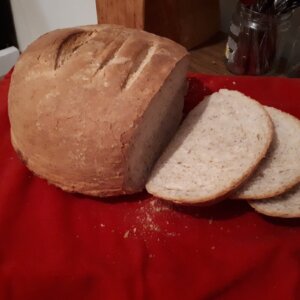

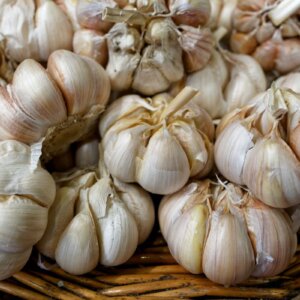


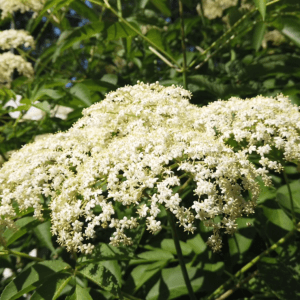

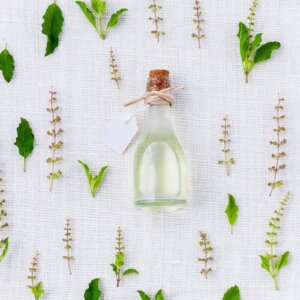

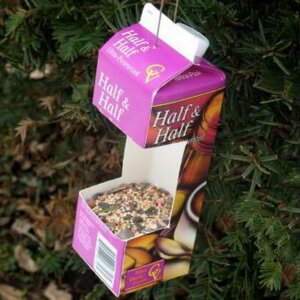



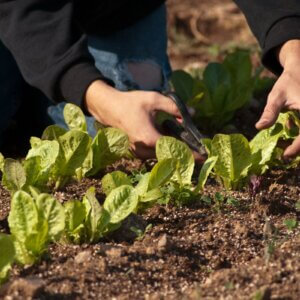


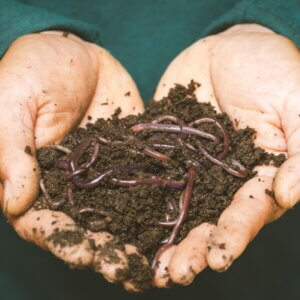


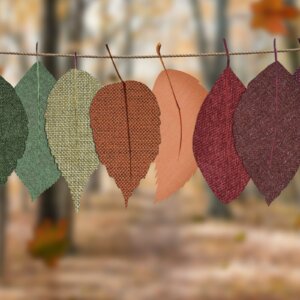



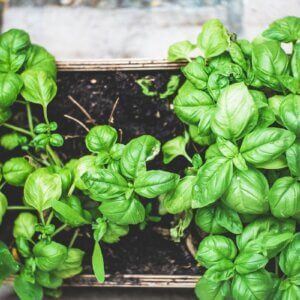
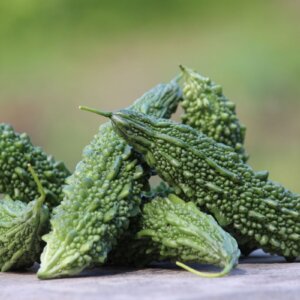


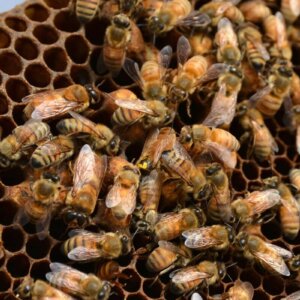


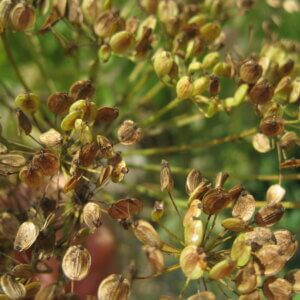



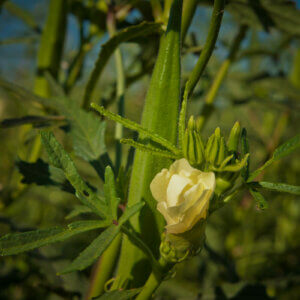

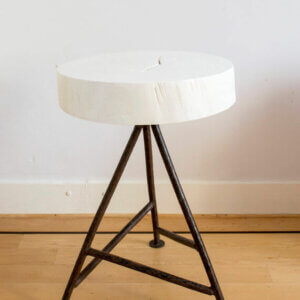


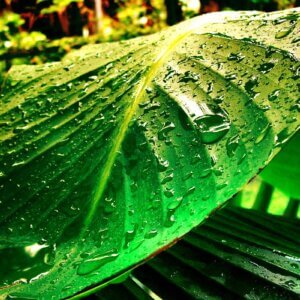
Leave a Reply